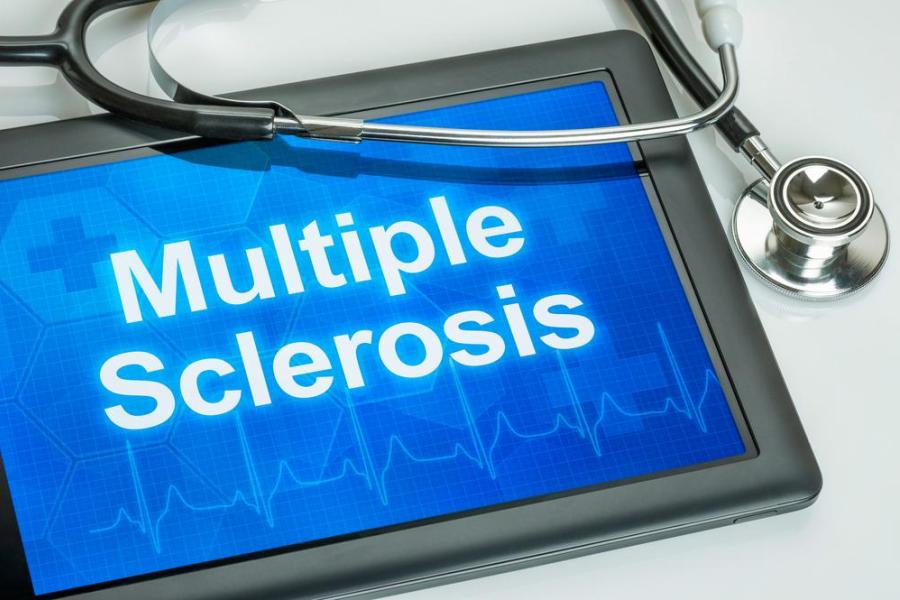
Multiple Sclerosis Diagnosis: An Overview of MS Tests
Timely and accurate diagnosis of demyelinating central nervous system diseases like multiple sclerosis is of paramount importance and has a huge bearing on patients’ outcomes and their ensuing quality of life. Considerable effort has been placed on the diagnostic process and formal guidelines has been developed. Nevertheless, the diagnosis of multiple sclerosis is predominantly based on history, clinical manifestations, laboratory studies, and imaging. The enigmatic nature of Multiple Sclerosis coupled with the poor understanding of its pathophysiology has limited diagnostic and treatment advances. There is currently no definitive diagnostic test to recognize the disease.
Evolution of Multiple Sclerosis Diagnosis
In 1868, a French neurologist Jean-Martin Charcot, described clinical features typical for multiple sclerosis as telegraphic (scanning) speech, nystagmus and intention tremor in what became known as Charcot’s triad. Although this triad was said to be characteristic of multiple sclerosis, it typically occurred in very advanced disease and was akin to other neurological disorders that involved damage to the cerebellum.
In 1906, an Austrian neurologist Otto Marburg affirmed that a lack of the plantar reflex, observation of Uhthoff’s sign (temporary deterioration of neurological symptoms attributed to a rise in the body’s core temperature) and pyramidal signs were sufficient to diagnose multiple sclerosis.
The first clinical classification of multiple sclerosis was made by Allison and Miller in 1954 and improved by Schumacher, who authored the first modern diagnostic criteria in 1965. Over the years, advancements in the field of medicine led to the development of better diagnostic tools such as Poser’s criteria in 1983.
The current criteria used in the diagnosis of multiple sclerosis is the modified McDonald criteria (second revision, 2010), which was preceded by the original criteria developed in 2001 and its first review in 2005.
A diagnosis of multiple sclerosis is arrived at if the patient has more than one episode of an acute exacerbation with either evidence of a central nervous system defect characteristic of multiple sclerosis or has a history of one attack or more occurring in the past. Additional elements used to aid the diagnosis include use imaging modalities such the MRI discussed below that enable detection of the spread of the disease in a case where the clinical features alone do not fulfill the requirements for diagnosis
Diagnostic Tests for Multiple Sclerosis
Magnetic Resonance Imaging
With the advent of magnetic resonance imaging in the 1980s, the diagnosis of multiple sclerosis has been fundamentally transformed with characteristic abnormalities being identified in more than 95% of the patients. The majority of the lesions are however asymptomatic and typically represent demyelination in CNS areas that do not give rise to the expression of symptoms. Lesions that suggest multiple sclerosis have a diameter greater than 5mm are typically asymmetrical in distribution, round to oval in shape, and tend to occur in specific areas in the brain. These areas are the white matter tracts next to the cerebral cortex, white matter tracts around and below the ventricles, the brainstem, cerebellum and the corpus callosum. Spinal cord lesions are also asymmetrical but tend to be longitudinally oriented. They seldom span more than two vertebral segments and are usually located in the posterior aspect of the cord. Magnetic resonance imaging as a modality for diagnosis of multiple sclerosis has a high sensitivity but is however not specific.
Blood Work
Markers of inflammation such as erythrocyte sedimentation rate, C-reactive protein, and anti- nuclear antibodies can serve as initial screening tests. Serum vitamin B12 levels and thyroid function tests should be performed as vitamin B12 and thyroid hormone deficiencies are causes of focal neurological deficits which may mimic multiple sclerosis. Serum Neuromyelitis Optica (NMO) antibody testing should be done to rule it out in the setting of suspicious clinical and radiological signs.
Cerebrospinal Fluid Studies
Historically, the diagnostic workup of multiple sclerosis has involved CSF studies, with its greatest utility being in ruling out alternative diagnoses. Archetypal CSF arrangements in multiple sclerosis include a mononuclear pleocytosis, and an increased level of immunoglobulin G(IgG) produced within the spinal canal or subarachnoid space. Oligoclonal banding and IgG index are measured to assess this intrathecal antibody production and the results are positive in 85-95% of patients with multiple sclerosis. The CSF opening pressures are usually normal with the white cell count normal or mildly increased. The total CSF protein level is routinely within reasonable limits or may be moderately elevated.
Evoked Potentials
Evoked potentials testing assesses function in both efferent and afferent neuronal pathways and can provide evidence of subclinical neurological deficits. The majority of multiple sclerosis patients have abnormalities in visual evoked potentials, which are valuable in detecting optic nerve lesions that may not be visualized in conventional MRI scans.
Optical Coherence Tomography (OCT)
This is an emerging technology that uses light waves to perform sharp and extensively-detailed imaging of the retina as a cross-section. The measurement of the retinal nerve fiber layer thickness can indicate optic nerve disease in multiple sclerosis.
Differential Diagnosis
The following are common conditions that have similar symptoms as multiple sclerosis:
- Acute disseminated encephalomyelitis (ADEM)
- Antiphospholipid antibody syndrome
- Neuromyelitis Optica
- Stroke and Ischemic cerebrovascular disease
- Behcet’s disease
- Schilder disease
- Congenital leukodystrophies
- Human immunodeficiency virus (HIV) infection
- Ischemic optic neuropathy
- Tropical spastic paraparesis
- Lyme disease
- Neoplasms (e.g., lymphoma, glioma, meningioma)
- Sarcoidosis
- Vitamin B12 deficiency – Subacute combined degeneration of the spinal cord.
- Sjogren’s syndrome
- Syphilis
- Systemic lupus erythematosus and related collagen vascular disorders
- Vascular malformations
- Vasculitis
- Spondylolytic myelopathy
- Mitochondrial encephalopathy with lactic acidosis and stroke (MELAS)




